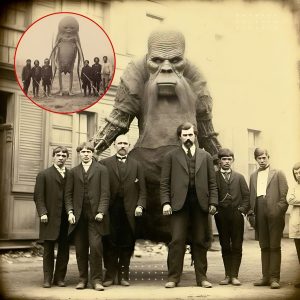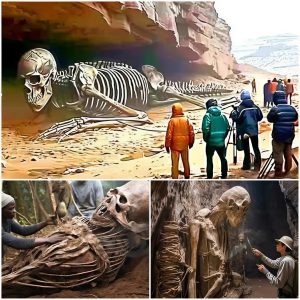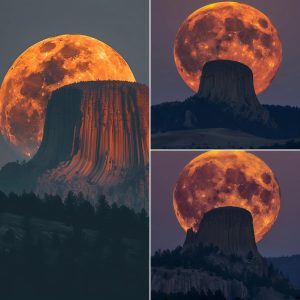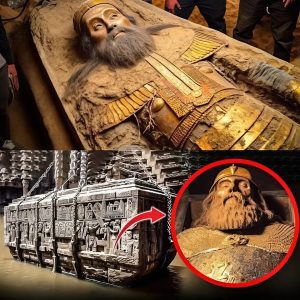Legends and Accounts
The concept of red-haired giants spans across global mythology and folklore. From Native American tribes describing encounters with red-haired giants in ancient times to accounts in European and Asian legends, these tales paint a vivid picture of towering beings with fiery locks and formidable stature. Mary Sutherland’s research compiles these disparate accounts, revealing common threads that hint at a shared human experience with these enigmatic giants.

Archaeological Evidence
In addition to mythological accounts, Sutherland explores intriguing archaeological discoveries that support the existence of red-haired giants. Excavations in North America, particularly in places like Lovelock Cave in Nevada, have unearthed unusually large skeletal remains with distinctively red hair. These findings challenge mainstream archaeological narratives and raise questions about the origins and interactions of these ancient giants with human populations.
Theories and Speculations
Mary Sutherland’s work goes beyond mere documentation of legends and artifacts; it delves into theories that seek to explain the presence of red-haired giants. Some hypotheses suggest these giants were remnants of earlier human species, possibly hybridized with other hominid groups. Others propose cultural interpretations, linking the giants to symbolic roles in ancient societies or as remnants of a lost civilization.
Modern Relevance
The study of red-haired giants resonates in modern times, sparking discussions about human origins, genetic diversity, and the influence of myth on historical narratives. Sutherland’s research encourages a reexamination of established beliefs and opens doors to new perspectives on ancient cultures and their interactions with potentially divergent human populations.
Mary Sutherland’s Legacy
As a pioneer in the field of alternative history and ancient mysteries, Mary Sutherland’s contributions continue to inspire researchers and enthusiasts alike. Through her books, lectures, and online presence, she fosters a deeper understanding of the connections between myth, archaeology, and human evolution. Her dedication to uncovering the truth behind red-haired giants underscores the importance of questioning assumptions and exploring unconventional avenues of research.
Conclusion
Mary Sutherland’s exploration of red-haired giants offers a compelling glimpse into a lesser-known aspect of human history. By bridging myth with tangible archaeological evidence, she invites readers to reconsider the complexities of ancient civilizations and the diversity of human experiences on Earth. As debates continue and new discoveries emerge, the legacy of red-haired giants remains an intriguing chapter in our collective journey of understanding the past.





